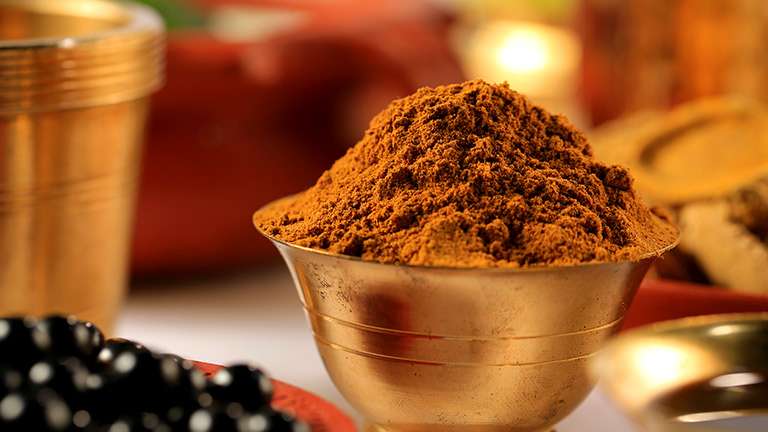Project Report For Ayurvedic Churna
Introduction
Project report for ayurvedic churna is as follows.
Churna is a fine powder that is created by using a certain medicine or medicinal combination. Each component is ground separately and then combined. Raj and Kshada are further names for churna. There are numerous different Churna types, and each one has a distinct market need. Ayurvedic pharmacies contain a variety of divisions under one roof, including Vati, Asava, Arista, Lehya, and Lepa.
The Sanskrit terms Ayur (life) and Veda are combined to form the phrase “Ayurveda” (science or knowledge). One of the classic medical systems, it has a long and well-documented history. It is predicated on the idea that mental, physical, and spiritual wellness are interdependent and require careful balance.

Product & Application of Ayurvedic Churna
The “Indian system of Medicine and Homeopathy” (ISM&H), a complementary medical system popular in India, consists of
- Ayurveda
- Siddha
- Unani and
- Homeopathy
The primary focus of this project profile is Ayurveda Churna.
Churna is a common drug used today that does not require a prescription from a doctor. The various plant parts, including the root and steam, are used to make Ayurvedic medicines. a leaf, a flower, a fruit extract, or the entire plant.
About 21 different types of compound formulations use a few of the single drugs of animal origin (52 nos. ), mineral origin (55 nos. ), and plant origin (351 nos.). The Government of India, Ministry of Health and Family Welfare, publishes the Ayurvedic Formulary of India, which includes information on specific medications as well as other details.
Project Report Sample On
Ayurvedic Churna
Get Completely Custom Bankable Project Report
India has always been a proponent of ayurvedic medicine and its benefits for humanity. They were previously only used in rural regions, but as the adverse effects of the allopathic medication have grown, so has the demand for these types of drugs, which are now used in both rural and urban settings. Ayurvedic treatments are still used in rural regions to treat illnesses, with allopathic medications being used primarily in severe cases of chronic diseases.
Today’s common drug is churna, and patients can use these medications without a doctor’s prescription. The ingredients for Ayurvedic Churna come from many plant sections, including root and steam. a leaf, a flower, a fruit extract, or the entire plant.
Some of the single medications of animal origin (52 nos. ), mineral origin (55 nos. ), and plant origin (351 nos.) are utilized in about 21 sorts of compound formulations. The Ayurvedic Formulary of India, published by the Government of India, Ministry of Health and Family Welfare, contains information on individual medications as well as additional details.
Market Potential Of Ayurvedic Churna
The Indian Ayurveda market was worth INR 300 billion in 2018 and is anticipated to grow to INR 710.87 billion by 2024, at a compound annual growth rate (CAGR) of 16.06%.
Expenses

Product Cost Breakup

Reveneue Vs Expenses

Market Trend

The market for herbal medicines in India consists of OTC, moral, traditional, and home remedies from the Ayurveda, Unani, homeopathic, and Siddha schools of medicine. The country’s market for herbal medicines expanded at a CAGR of 26.7% between 2008 and 2013. The expansion of herbal remedies shows the shift in customer preference from allopathic to herbal remedies.
There are 140 medium- or small-scale manufacturers of herbal medicines in India, along with roughly 20 well-known producers. Thousands of vaidyas also possess their own tiny manufacturing facilities. There are about 1200 authorised small manufacturers in India. Around Rs. 100 crores is the current projected annual production of natural medications.
This amount is small when compared to the manufacture of allopathic drugs, which is estimated to be over Rs. 800 crores. The manufacturing of herbal drugs may reach over Rs. 4000 crores in the year 2010 AD, according to estimates, as the demand for them rises. There are 540 key plants used in the manufacture of the 1650 herbal formulations available on the Indian market.

